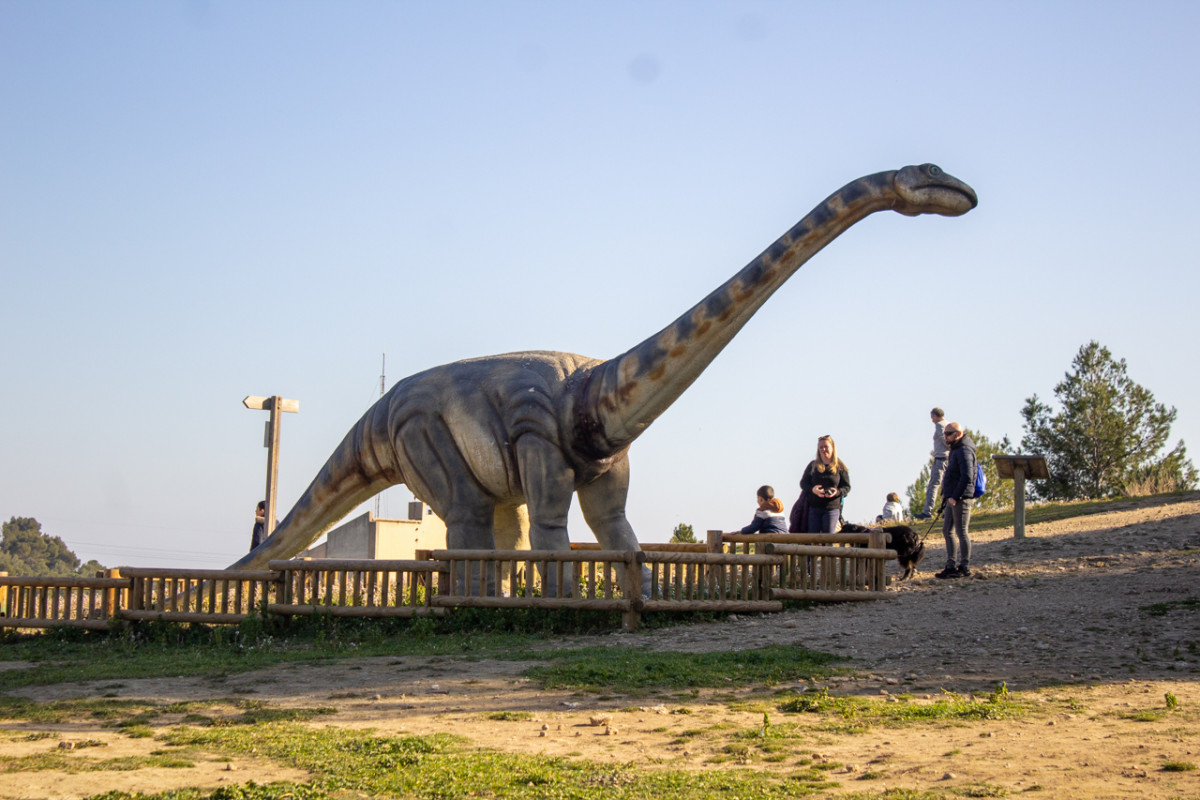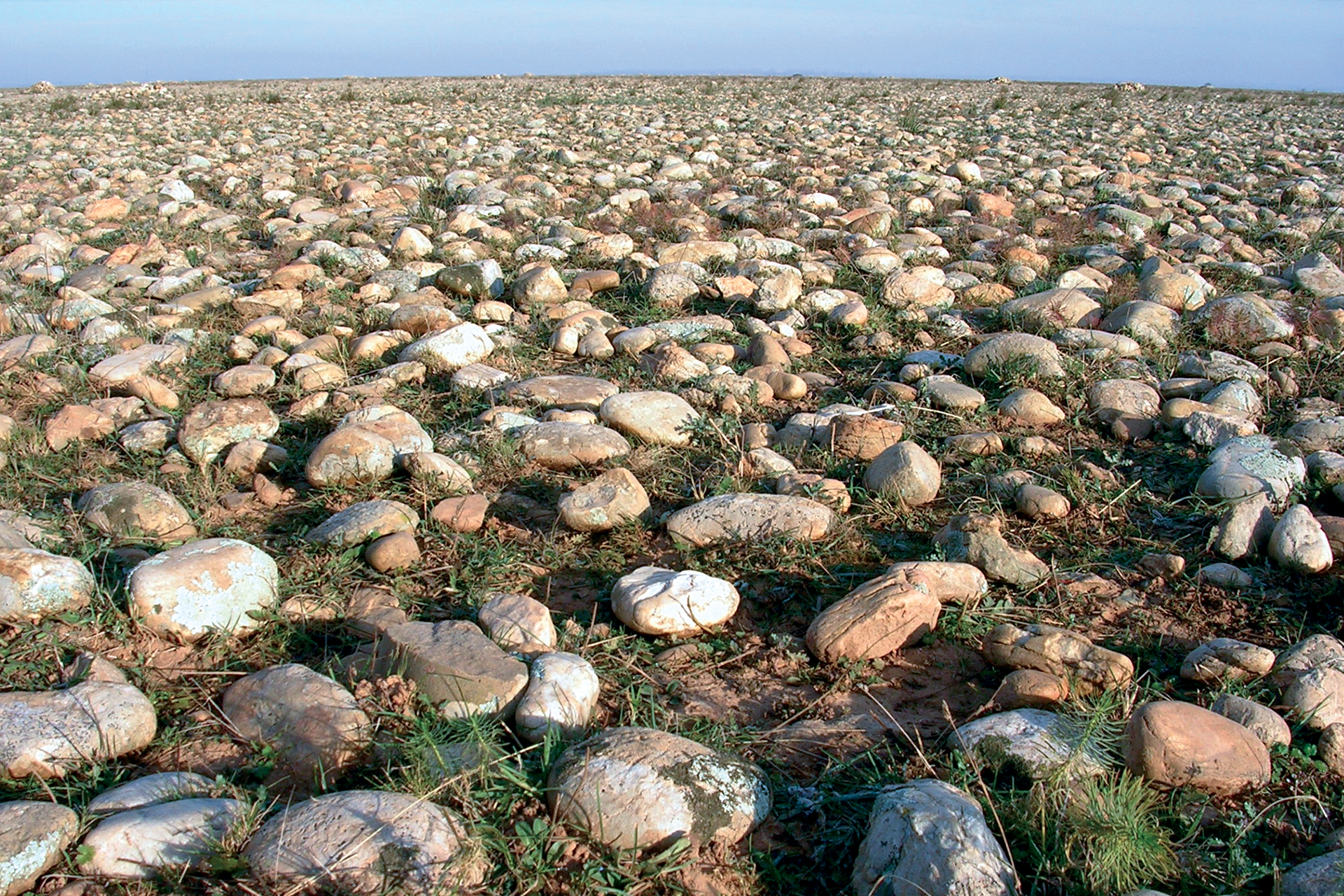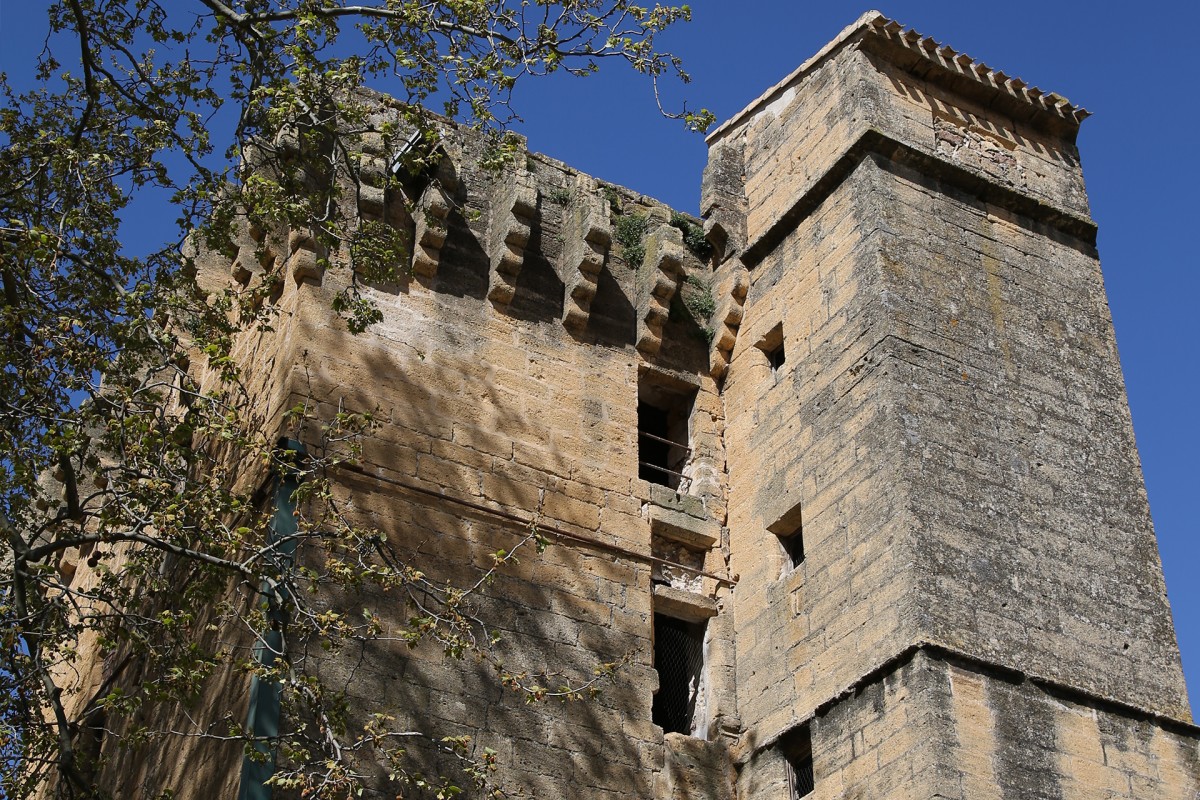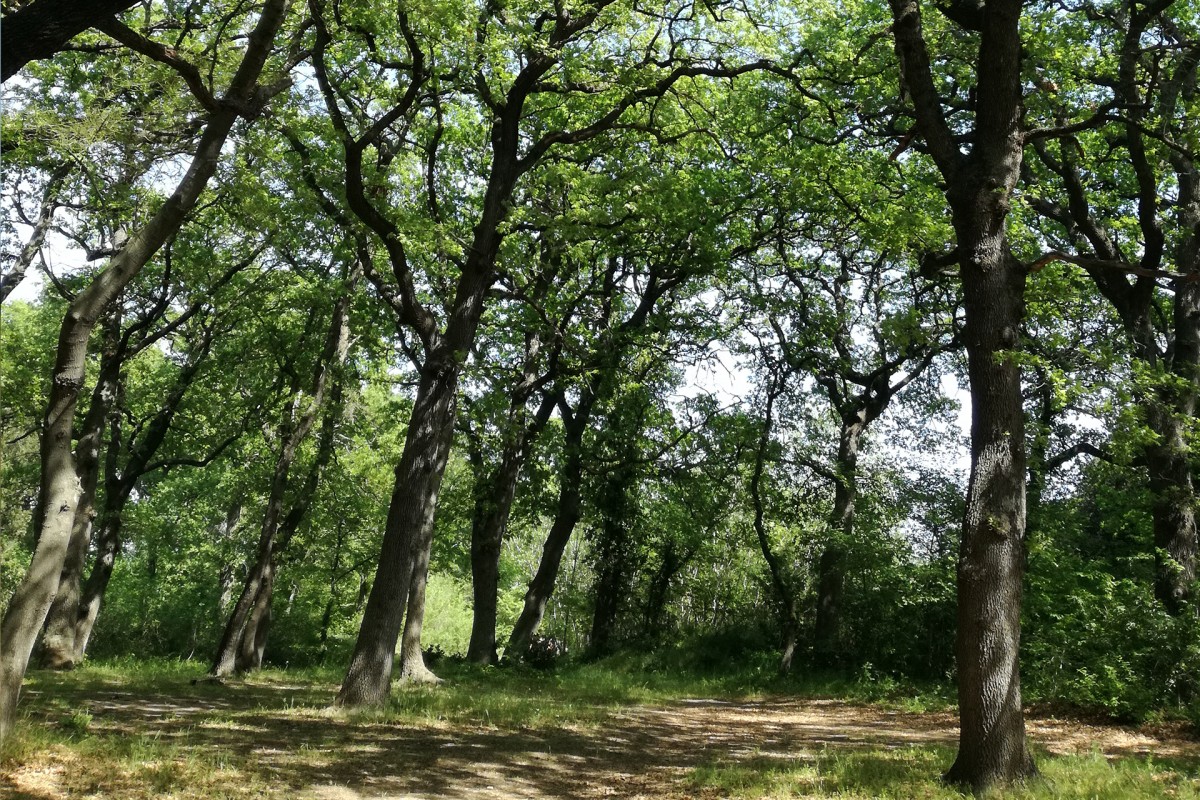Foin de Crau hay
Pics
Pics
Presentation
In Entressen, a farming district on the Crau plain, foin de crau hay is produced. This is the only product not for human consumption with a Protected Domination of Origin (PDO) and has a worldwide reputation.
FOIN DE CRAU HAY GROWN USING WATER BROUGHT VIA THE CRAPONE CANALS
The Crau plain was formed by the Durance over the millenia. It was the former bed of the Durance, before it became the only steppe biome in Western Europe.
Since the 16th century, canals have brought water from the Durance and its alluvial deposits to the Crau plain, which has enabled the development of the Wet Crau and agriculture. The Craponne canals allowed the northern part of the Crau plain to be cultivated, resulting in the famous Crau hay. On irrigated land, the silt deposits gradually create an alluvial soil rich in minerals and trace elements, on which the meadows grow.
The Crau plain was formed by the Durance over the millenia. It was the former bed of the Durance, before it became the only steppe biome in Western Europe.
Since the 16th century, canals have brought water from the Durance and its alluvial deposits to the Crau plain, which has enabled the development of the Wet Crau and agriculture. The Craponne canals allowed the northern part of the Crau plain to be cultivated, resulting in the famous Crau hay. On irrigated land, the silt deposits gradually create an alluvial soil rich in minerals and trace elements, on which the meadows grow.
HAY FROM NATURAL MEADOWS
The production techniques are respectful of the environment with regular gravity irrigation carried out from March to October every eight to ten days, via submersion of the irrigation ditches (filioles).From October to the end of February, the grass is grazed by flocks of sheep arriving from the mountains (transhumance).
The privileged geographical situation and the exceptional sunshine mean that hay can be cut three times a year:
- 1st cut in May: Rich in seeds, it is particularly good for horse feed and for fattening cows.
- 2nd cut in June/July: Balanced, the second cut is mainly for cows and ewes, as it improves their milk production.
- 3rd cut in August/September: rich in legumes and with a leafy appearance, the third cut gives excellent results in sheep and goats by increasing milk production.
NATURAL HAY WITH AN EXCEPTIONAL APPEARANCE
This natural hay, with no pesticides, weed killers or preservatives, is extremely well-known for its nutritional value. The many varieties of grasses, legumes and compounds give Foin de Crau hay a great richness in nitrogen matter, energy, minerals and trace elements.
More than de 220 farmers produce PDO Foin de Crau hay.
For more information from the Comité du Foin de Crau
Tel.: +33 (0)4 90 47 29 33 - Email: comite@foindecrau.com
Website: www.foindecrau.com
THE FÊTE DU FOIN HAY FESTIVAL
Each year in June, foin de Crau hay is celebrated in Entressen in an event which puts farmers, producers and traditional associations in the spotlight.We also suggest...
Lieux uniques
Nowadays, a fully-fledged district of the town, it was once the resort of choice for Marseille residents. The village grew around the many mas, or farms, in this part of La Crau and is now the farming district. Foin de Crau hay is produced here.












